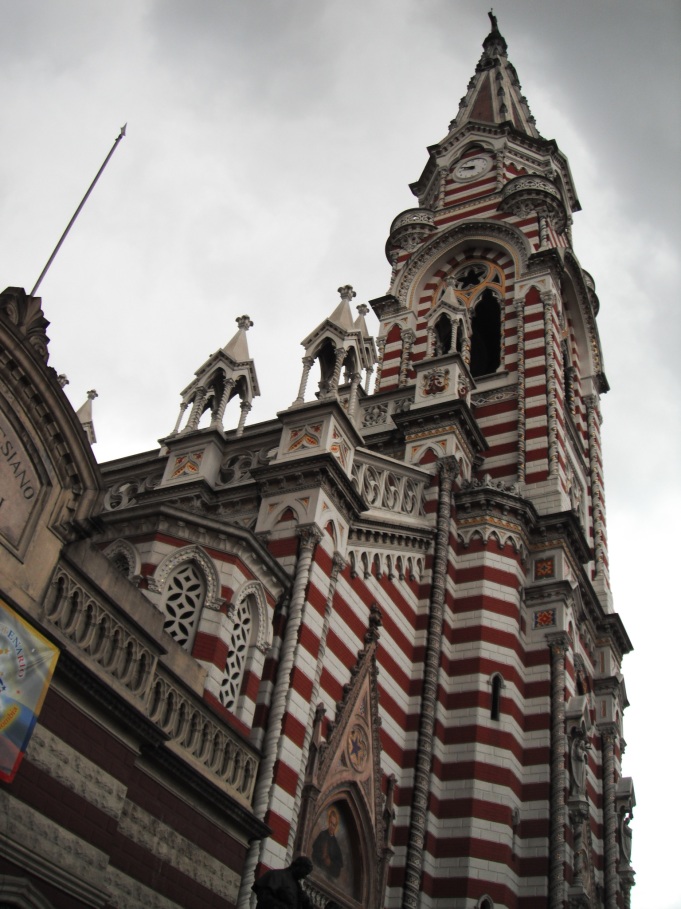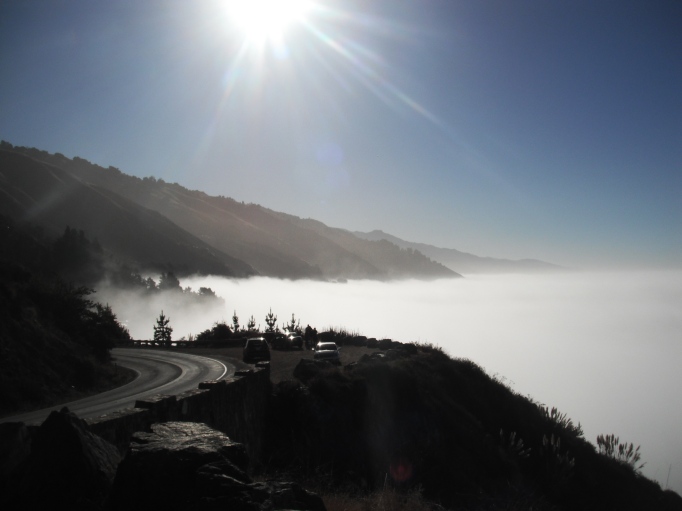Couchsurfing is one of the most amazing networks I can think of for budget travelers. They’ve come up with a way to make your couch the exchange currency for a way to buy and sell your way around the world. I’ve hosted quite a bit in Reykjavik since there are more tourists than locals over the year so couch demand is high, but Ive also cashed in for some couches in amazingly cool places. I decided to couchsurf through Colombia since there are a surprising amount of hosts, and the people here are so hospitable – except for when they’re a bus or taxi driver and you think they’re trying to take your life.

Luis teaching us about obleas – delicious, crunchy crepes full of dulce de leche
My first couchsurf host explained that’s just how they drive in Bogota, as well as other very useful (comforting, some might say) information. Luis lived downtown halfway between the old town and the newish, richer districts with his girlfriend and I spent two nights there. Since he is an english and Spanish private tutor, he had enough free time to show me around La Candelaria (the old town) and the glitzy North side, as well as share endless conversation on some of the most interesting topics concerning Colombia. We learned about how life was when the guerrillas really did impact the daily lives of locals, and how difficult and unsafe travel was just ten years ago. Now, Colombians travel safely in buses, and international tourists are slowly starting to pour in, gradually increasing in number. Sadly though, travel outside of Colombia is still difficult for Colombians because of passport/visa restrictions.

one of the coolest churches Ive ever seen – kind of looks like Russian Orthodox meets gingerbread house
My second host was Tim in Aracataca, the heart of Maconodo and home town of legendary author Garcia Marquez. His home was called the Gypsy residence, an up and coming hostel (opening in a few days), and he pushed magical realism and crazy hats on us in the most ‘Hundred Years of Solitude’ kind of way. It was the weekend, and so much was going on, so many people, and a concert/dancing stage event where some beautiful girls kicked ass at afrodance. There was a torrential downpour of rain every few hours – little did I know October is the wettest month in Colombia.

rain rain rain… I can see why Marquez described Aracataca as a place that once rained for 3 years straight
The last host, who I’m with now, is a Canadian guy who owns a 30 foot schooner. Its a Chinese Junk rig (whatever that means) and his couch is on the sail boat. I had to get picked up from the beach in his dingy and we have the best view of Santa Marta’s central beach since we’re only a few hundred metres from shore. From here we jump in the water several times a day to cool off, laze around in the hammock, and can even surf the net from his navigation laptop. Couchsurfing is amazing for these kinds of experiences, but even better yet, I’ve found my guy to teach me how to sail and take me to Panama.

Captain Kevin, on his schooner















